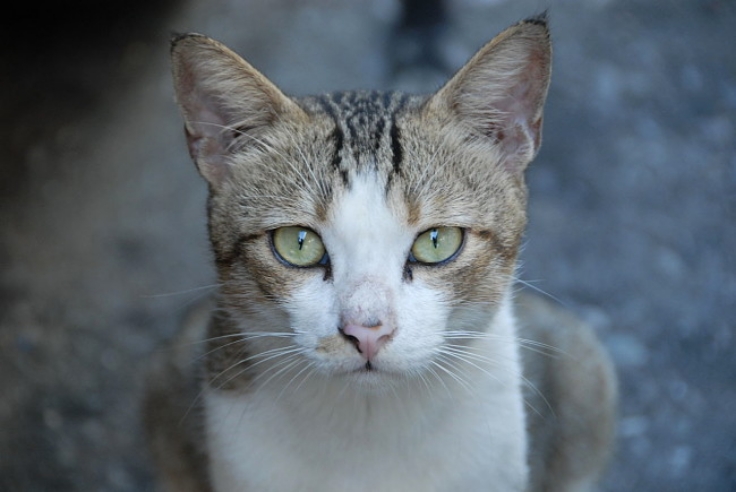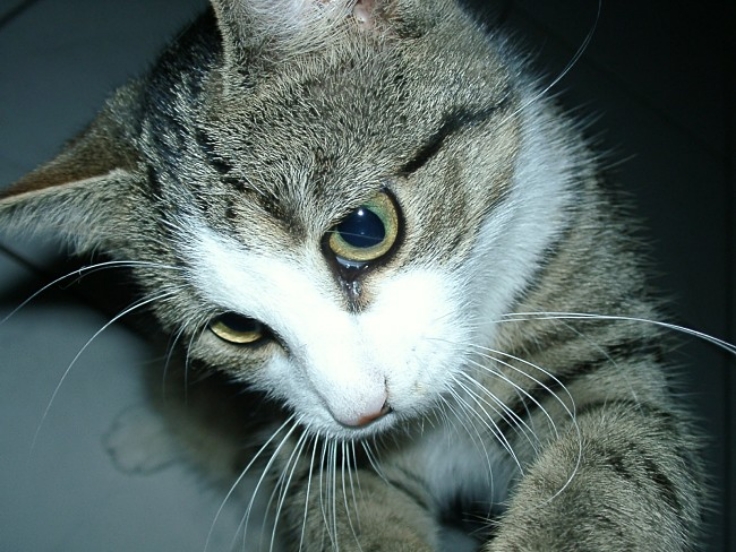Can Cats Recognize Their Owner's Voice as Unique?
Most cat owners believe that they have a special bond and relationship with their cats that love them.
Owners also believe that their cat can recognize their owner's voice as being unique, and distinctive from other voices, because of this special bond and the innate ability of the cat.
But is this true?
Or do cats use other cues, apart from the voice alone, to recognize their owners?
Or perhaps it is simply the pleading tone of any voice, that triggers the response?
Recent research has sought answers to these questions.
Research Results
In a recent study of calling cues, researchers “habituated” 20 test cats to people calling them by name using three strangers, while the owner was out of the room. This eliminated the response being a simple reaction to their name being called.
After two or three times cat failed to showed less response with their eyes and other reactions of their bodies.
But when the owner, then called the cat’s name, and the cat responded strongly.
All the name calls were made from recordings to avoid any biases introduced by body language and gestures by the owners. The responses of the cats were recorded and grouped into categories, including human observer ratings.
Prior to the study preliminary observations showed that cats responded to human voices not by making sounds.
75% of the cats showed evidence of habituation with reduced responses to the third voice than to the first voice. But the response to the owner's voice, after the three strangers was much stronger.
Conclusion
Cats can use vocal cues alone, to distinguish between humans calls and they recognize their owner's voice.The Subtle Hidden Body Language Communication between Cats, Dogs and their Owners
There has been relatively more research on the social interaction, calls and signals in dogs than cats. There is considerable evidence of subtle and hidden cues being used, which are often difficult to discern.
One study showed that the response of dogs to the commands 'sit' and 'come' was much stronger when given by a person 'live' (in person), rather than via a recording.
Similarly the response was less when the person wore sunglasses so that eye-to-eye contact was eliminated.
Also when a person hid behind a screen, out of sight of the dog, the response was much stronger to the 'come' command than that for 'sit'.
It appeared that the dog was anticipating the call.
Dogs are also capable of using signals and gestures to communicate. Dogs shown the location of an object when their owners were out of the room, were able to communicate the hidden location of these objects to their owners when he or she returned to the room. The restrained dogs communicated by pointing, barking, sniffing, looking at the owner, and looking towards the location of the hidden object.
This suggests that the dogs remembered where the desired object was hidden and could help the owner to find its location without going to it.
Conclusion
The communication between cats and dogs and their owners is very subtle and needs further investigation.

